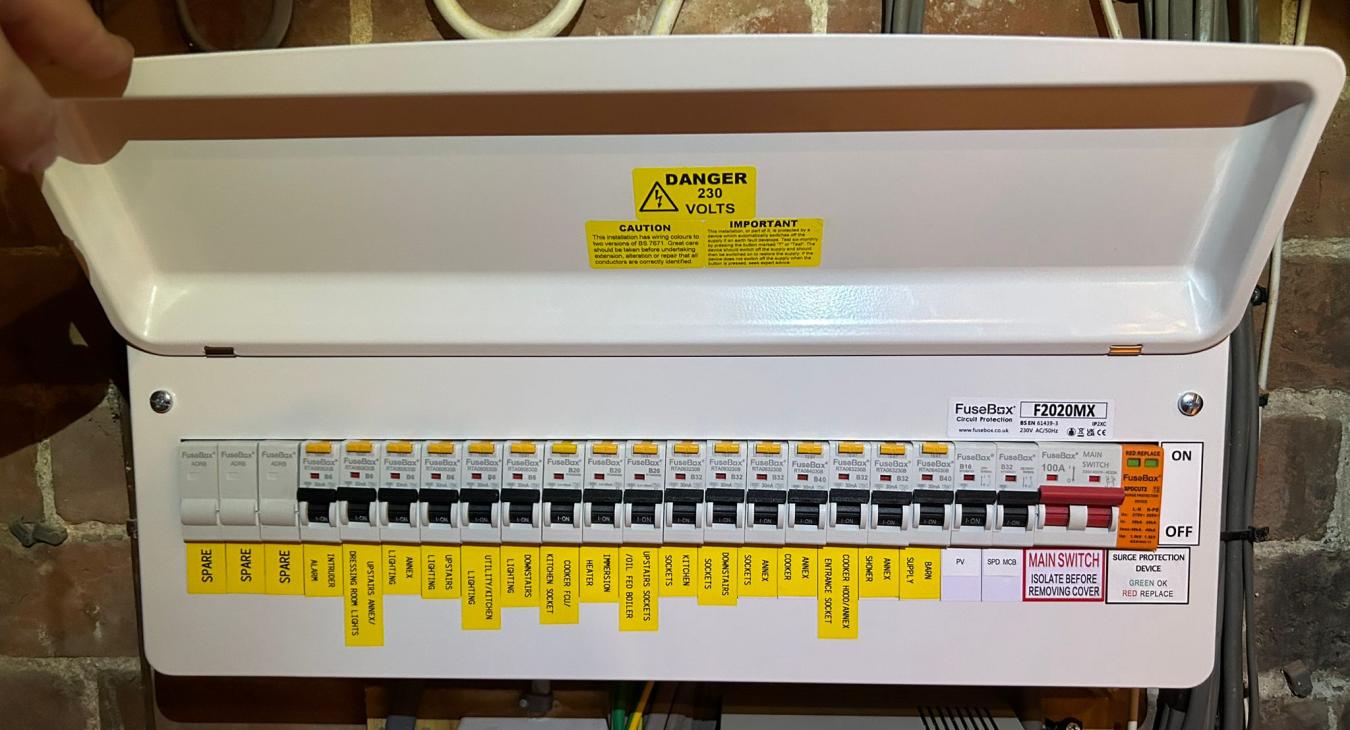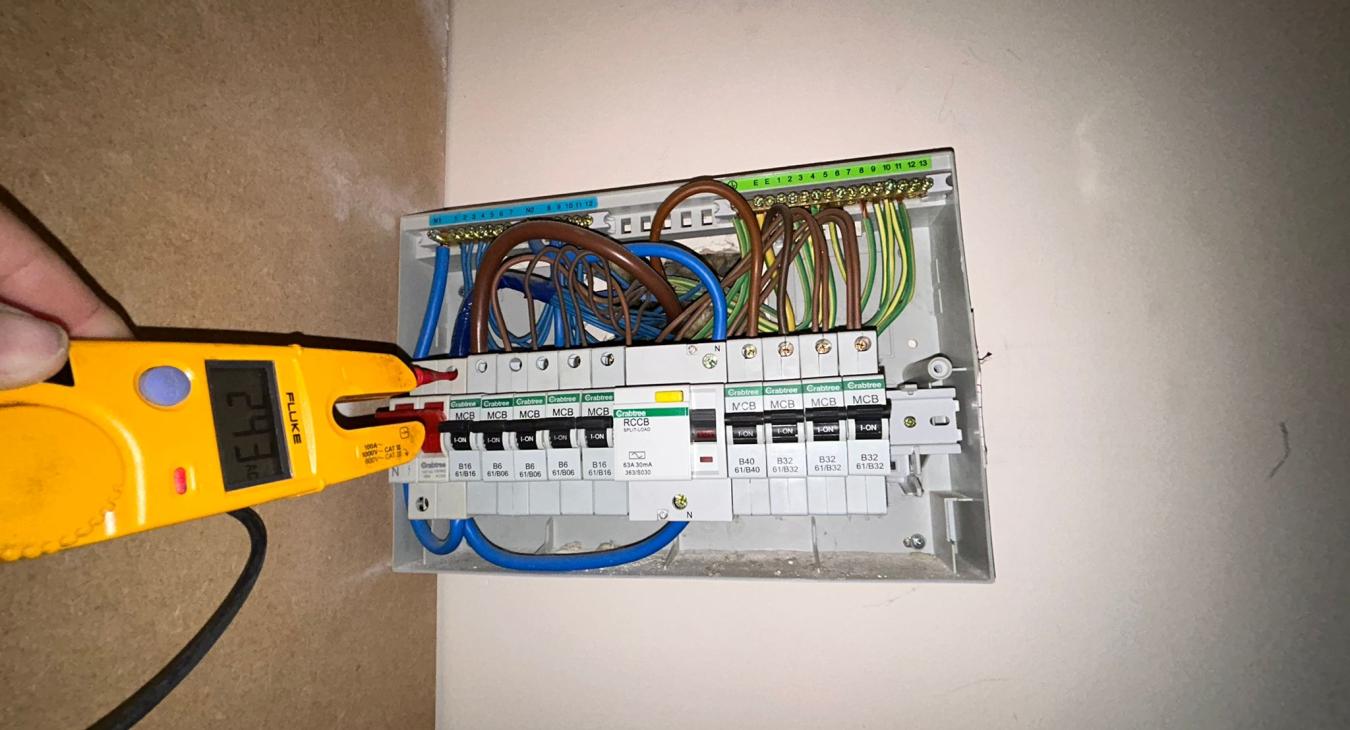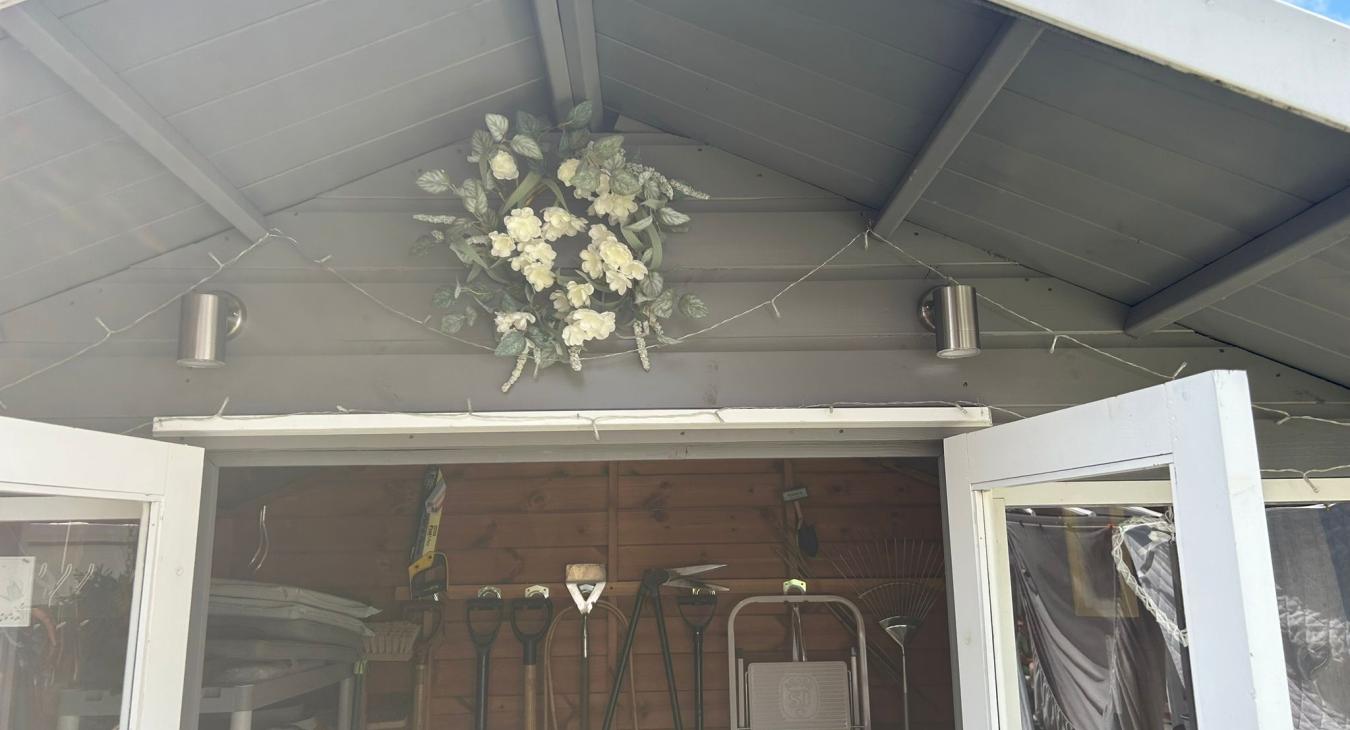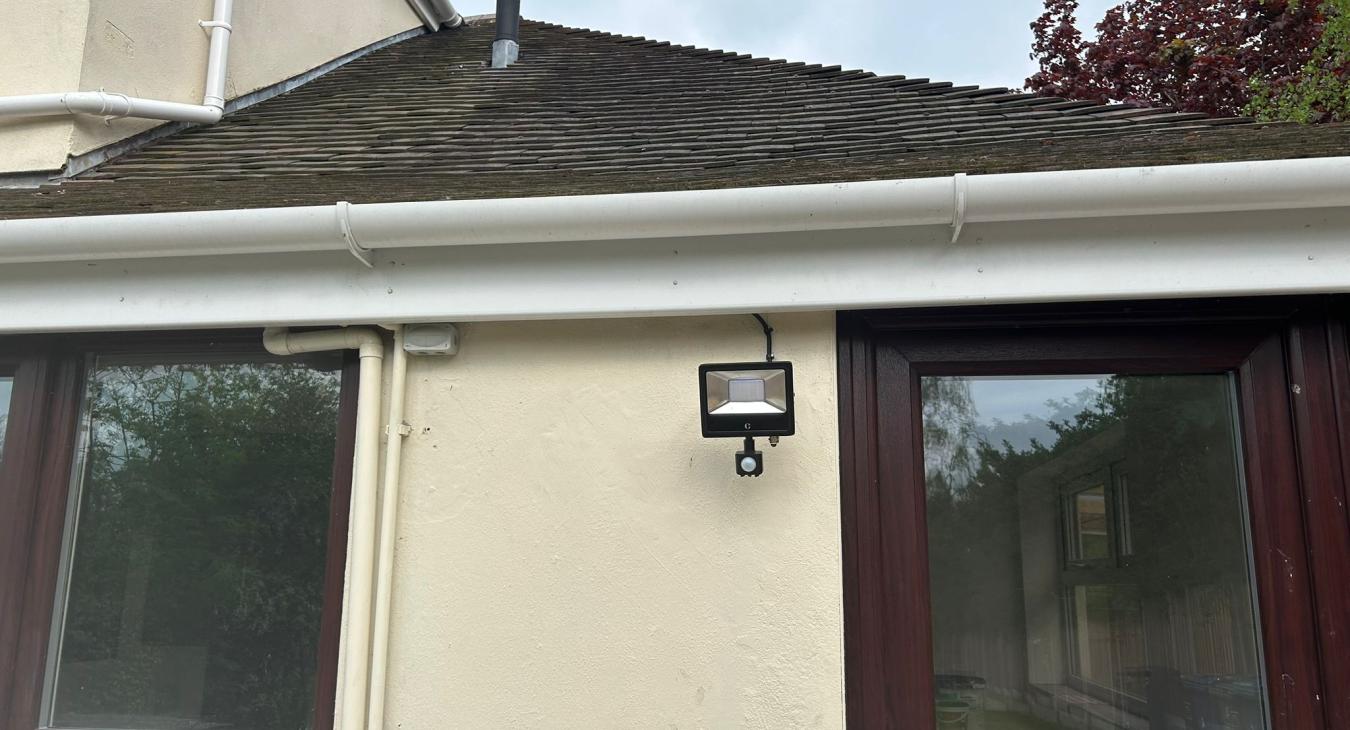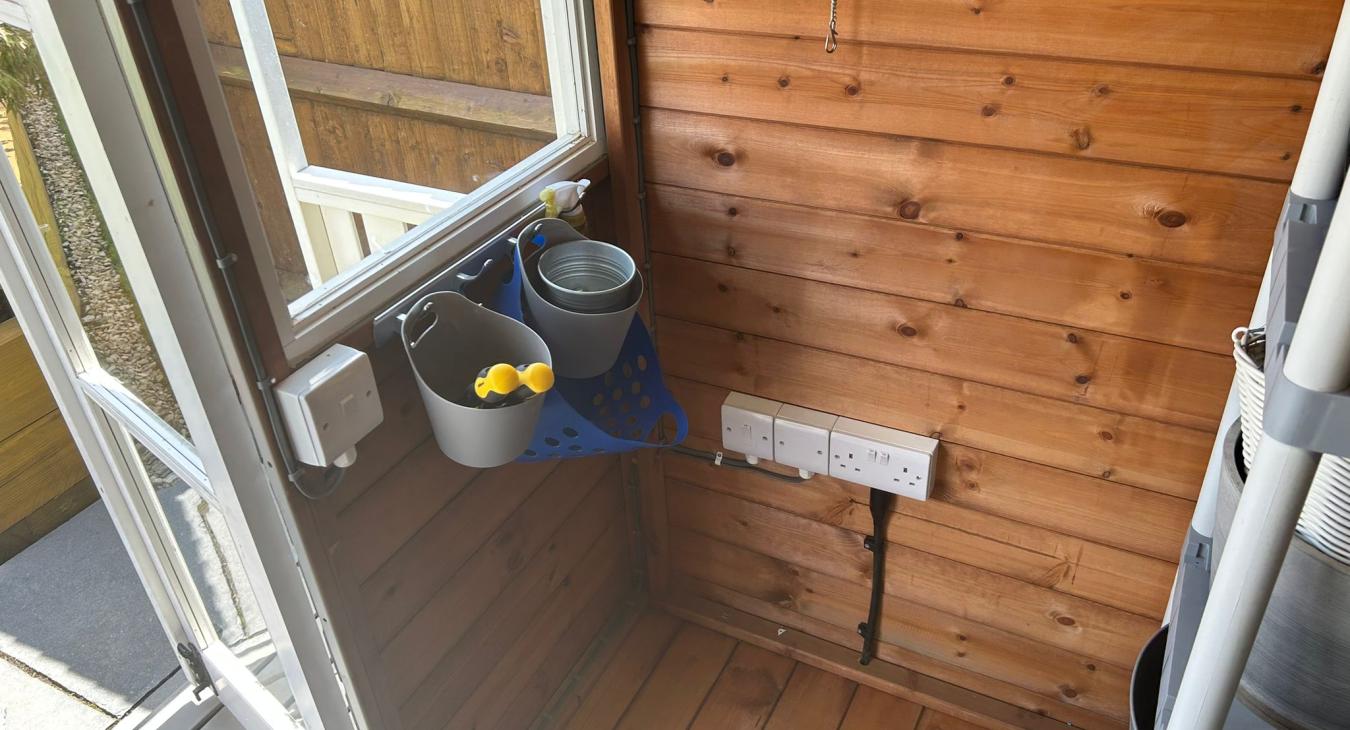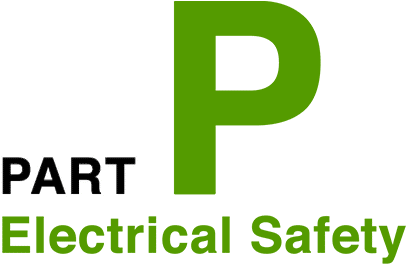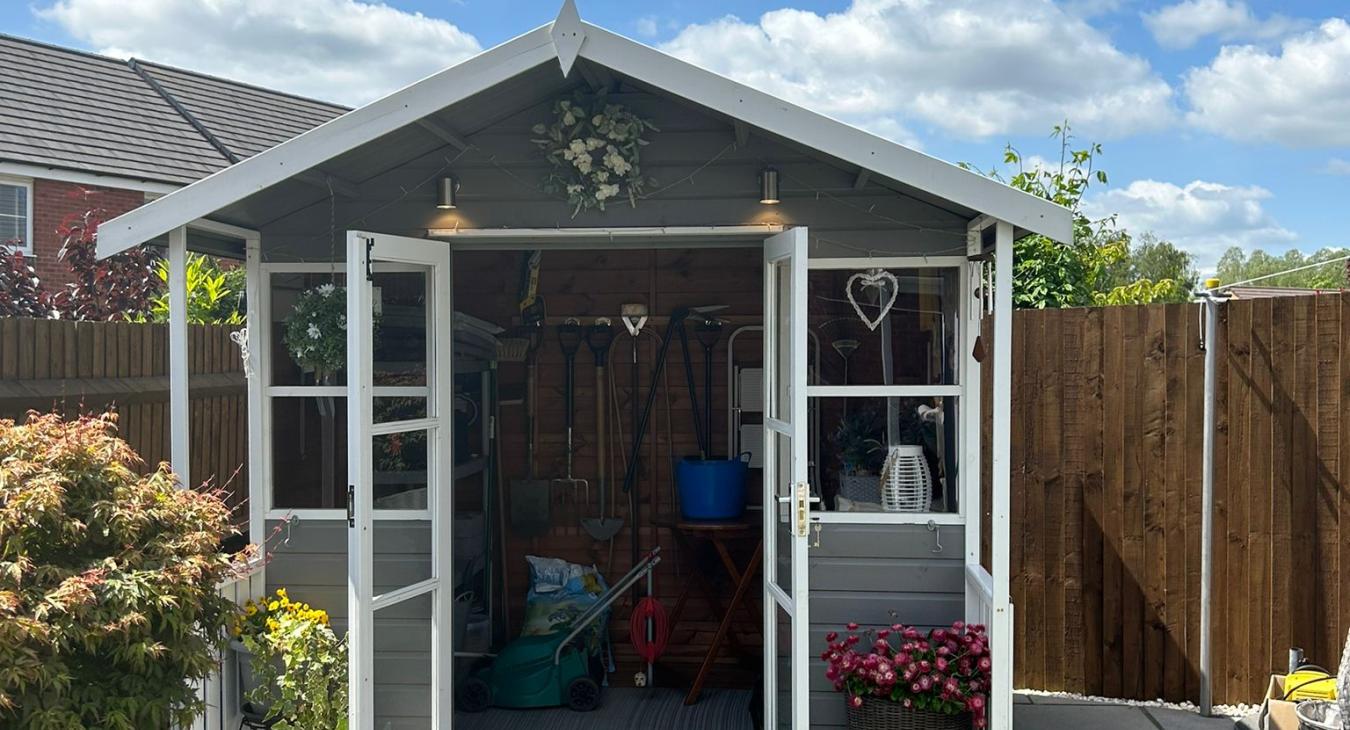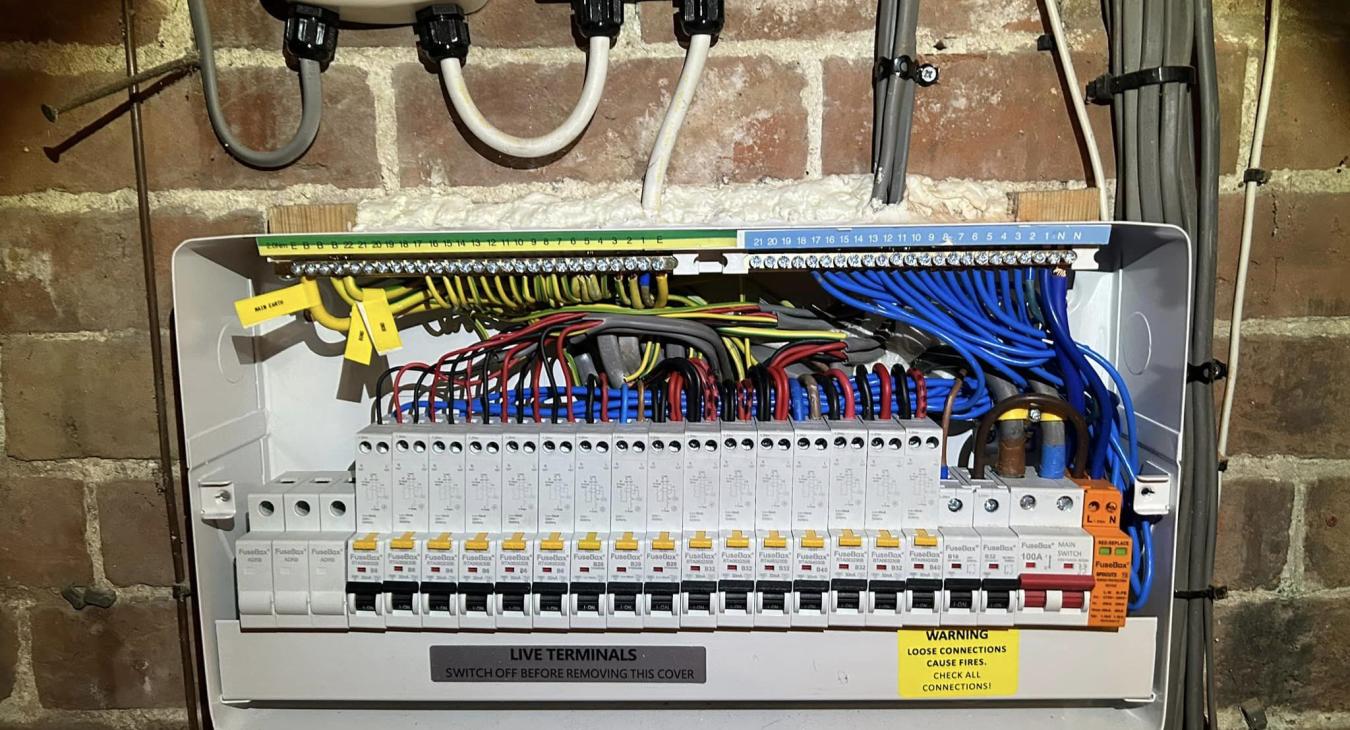We've captured images of some security lights we've installed previously. We strive to hide cables wherever possible for a clean and tidy finish. If we can't hide the cables, we'll discuss all the possibilities with you before starting the work. Rest assured, our lights are sleek, modern, and won't be an eyesore.
What if there's no power supply where I want to install the security light?
No worries, we can handle that. Many times, clients want security lights in new locations where power isn't readily available, and we can extend power to these locations to make your security lights operational.
Can I install a security light anywhere I want?
Practically, yes. While some areas are less suitable, we evaluate each property individually to determine the optimal placement for security lighting. Depending on the area's size and layout, multiple security lights might be necessary for comprehensive coverage.
We've recently experienced a burglary, or our neighbors have, can you expedite our installation?
Certainly, we understand your concerns about safety in the face of burglary threats and we're committed to addressing your needs promptly. We can enhance your home security with features like intercoms, locking systems and even collaborate with other trades for boundary enhancements like railings, gates and automation, including, of course, security lighting.
Is it possible to implement additional security measures?
Absolutely, we can tailor the security of your home according to your needs and budget. Our advanced security solutions include:
- High-Resolution Cameras
- Sophisticated Alarm System
- Perimeter Floodlights triggered by the alarm
- Mobile Alerts
- Remote Controlled Internal Lighting to simulate occupancy
Should I call the emergency services instead?
If you believe there is an immediate danger to you or your property, such as a fire or the presence of smoke, please take the necessary action to protect yourself and your home. Contacting the emergency services in such situations is highly recommended.
What if it's not a serious emergency?
If the issue is not urgent and can wait, we can schedule a visit within a few days at a mutually convenient time. This allows us to address non-emergency matters while ensuring we prioritize genuine emergencies.
Can I call for advice?
Certainly! You can contact us during normal working hours for any electrical advice you may need. However, during out-of-hours periods, our phone lines are primarily dedicated to attending emergency situations. We kindly request your understanding as we also need sleep to provide the best service.
What areas do you cover?
We provide coverage in Staffordshire, encompassing all of the surrounding areas. Our service area spans this region to ensure we can reach customers efficiently.
How quickly does an emergency electrician respond?
Our goal is to attend to emergencies as swiftly as possible, typically within 2 hours depending on the severity of the situation and electrician availability. When you contact us, we will discuss the urgency of the problem and determine the appropriate response time.
What does an emergency electrician do?
An emergency electrician, also known as an out-of-hours electrician, 24-hour electrician, or emergency response electrician, is available round the clock to address urgent electrical issues and provide prompt assistance.
Who can carry out an EICR?
Only electricians with the relevant qualifications, skills, experience, and insurance should perform an EICR. It is crucial to choose a reputable and highly experienced electrician, especially when considering an electrical inspection for a potential house purchase.
When would I need an EICR?
You may require an EICR in the following situations:
- It is increasingly common for solicitors handling home purchases to request an EICR for information on the electrical installation's condition.
- If you have not had an electrical inspection (EICR) in the last 10 years.
- Following a flood or fire incident in your home, it is strongly recommended to have an EICR carried out.
- Rental properties must have a satisfactory EICR conducted at least every 5 years.
What are the different EICR codes and their meanings?
- C1: Immediately dangerous situation, requiring immediate remedial action due to access to live parts or a similar level of danger.
- C2: Potentially dangerous situation, requiring urgent remedial action for rectification.
- C3: Safety improvement recommended or upgrade recommended.
- FI: Further investigation required for suspected dangerous situations.
- NOTE: Indicates the identification of something without assigning a specific code.
Why would an EICR fail or be marked as unsatisfactory?
An EICR may be marked as unsatisfactory if it reveals any dangerous situations or issues that require further investigation. The severity of these issues is explained through various codes.
How often should I have an EICR?
Currently, an EICR should be conducted at least every ten years in a domestic property and at least every five years in a rented property. However, we may recommend more frequent inspections if we identify any concerns during testing that could pose potential dangers if left unaddressed.
What happens during an EICR?
During an EICR, we conduct a visual inspection of your electrical system and test as many electrical points as possible. The power will be turned off for the duration of our visit.
What will I receive from an EICR?
You will receive a 6-8 page document (length may vary based on property size) that provides an overview of your home's electrical system. The report will categorize the outcome as either Satisfactory or Unsatisfactory.
What does an EICR do?
An EICR is similar to an MOT for your home. It assesses the safety of your electrical installation, identifies any concerns, and provides recommendations for safety improvements.
What does EICR mean?
EICR stands for Electrical Installation Condition Report.
Why is there a buzzing sound coming from my consumer unit?
A buzzing noise can have various causes, such as loose connections within the consumer unit, aging circuit breakers, or a noisy bell transformer for an old doorbell, among other things. If you notice any unusual electrical noises like buzzing, it is advisable to have it checked out. Contact us, and we will inspect your consumer unit to ensure everything is functioning properly.
What is surge protection?
Surge protection refers to devices known as SPDs (Surge Protection Devices). These devices are designed to prevent voltage spikes from the electrical supply, safeguarding your wiring, consumer unit, and appliances in your home.
Is a fuse wire fuse box safe?
While some older fuse wire consumer units can still offer a certain level of protection to the electrical installation and users, they are considered obsolete and outdated. In many cases, these older units no longer provide sufficient protection and should be replaced. An electrical inspection will determine whether your electrical installation is suitable for continued use.
Does my fuse board need to be metal?
Yes, a new consumer unit must be constructed with metal materials to comply with the latest edition of the wiring regulations, specifically BS7671 18th Edition Amendment 2.
What is an AFDD?
An AFDD, or Arc Fault Detection Device, is a safety device that combines multiple protective elements in one device. It is designed to detect arcing in electrical circuits. These devices are relatively new to the domestic market and currently come at a higher cost. We can provide a quote for fitting AFDDs upon request.
Can I move my fuse board?
Yes, we can relocate your consumer unit. However, moving a consumer unit can be costly, so you need to consider whether the expense is justified by the desired aesthetic result. In order to comply with wiring regulations, it may be necessary to replace the consumer unit when moving it. Additionally, the relocation process may leave behind a junction box where the original unit was located. We are happy to discuss options and provide guidance if you decide to move your consumer unit.
What is an RCD?
An RCD, or Residual Current Device, is a safety device that monitors electrical circuits for any missing electrical current. If it detects an imbalance, it assumes that someone may be experiencing an electric shock and promptly shuts off the electricity supply.
How long does it take to replace a consumer unit / fuse board?
The process of changing an average 10-way fuse board, including safety testing and certification, typically takes around half a day to a full day. However, before replacing the board, an electrical inspection must be conducted, and an Electrical Installation Condition Report (EICR) must be produced to identify any existing faults or unsafe situations.
